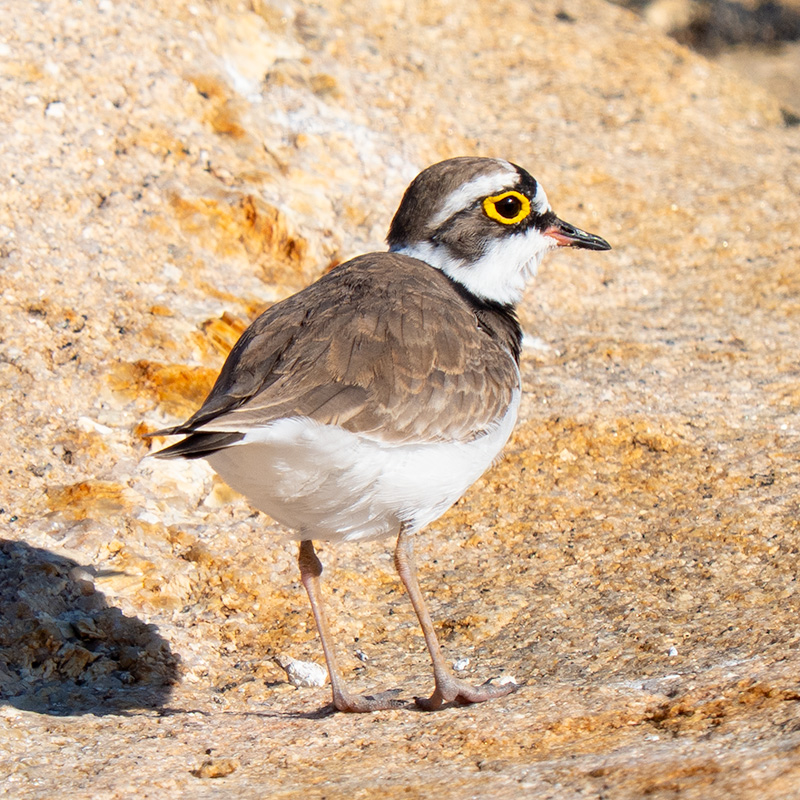We spent three nights at the excellent Cinnamon Wild lodge in Palatupana in the dry, southeastern corner of the island. This gave us two full days to explore the Yala National Park, which is a major tourist attraction in Sri Lanka, along with other good birding sites, such as the Bundala National Park. At the lodge we had a comfortable ‘jungle chalet’ about 100 m from the main lodge building that contained the restaurant and other facilities.
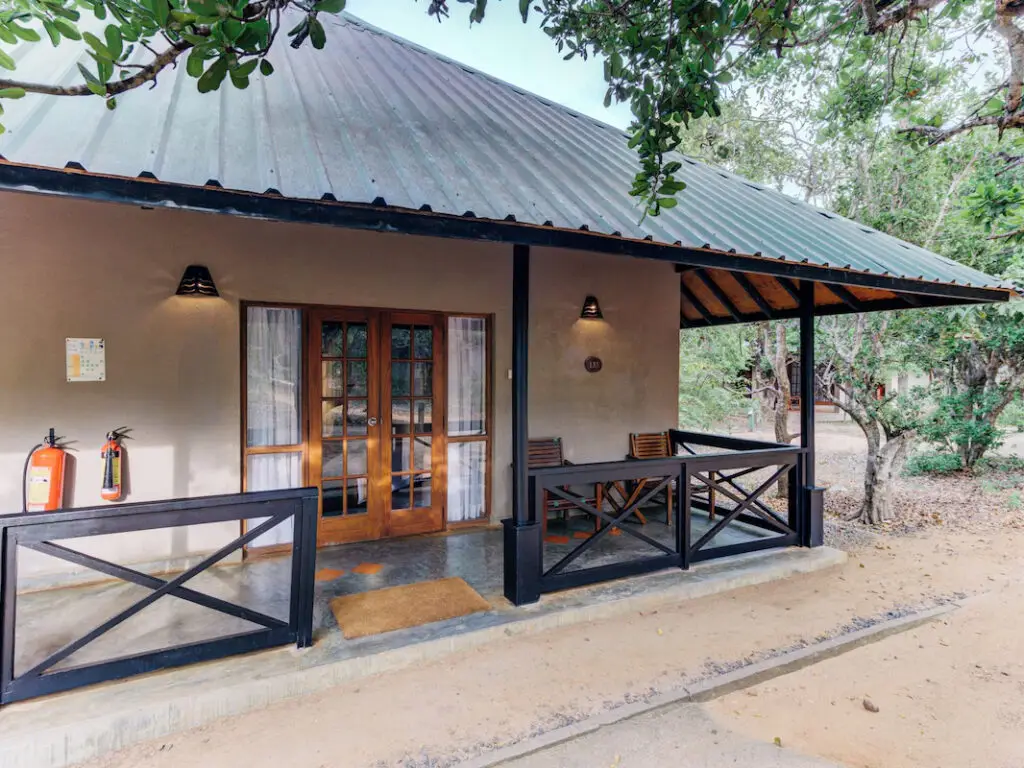

We drove from Nuwara-Eliya to Yala on 13 February after we’d finished birding at the Hakgala Botanical Gardens, stopping on the way for a buffet lunch at the Ella Cafe in the town of Ella. Just before we got to the Cinnamon Wild we stopped on the approach road and did some late-afternoon birding. The gentle afternoon light was excellent for photography and we got good shots of Purple-rumped Sunbird, Scaly-breasted Munia and Grey-bellied Cuckoo.
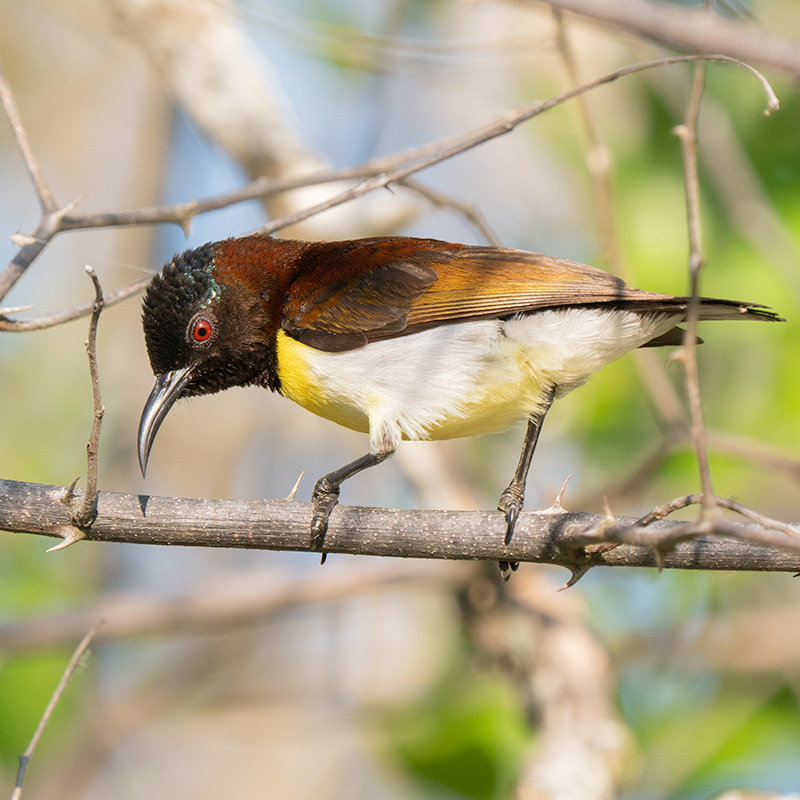

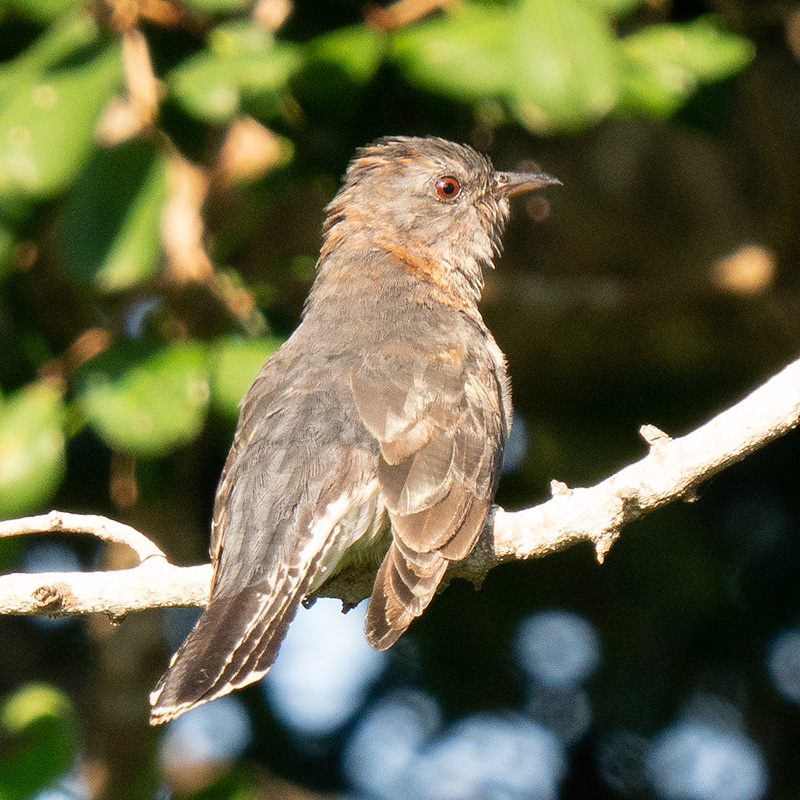
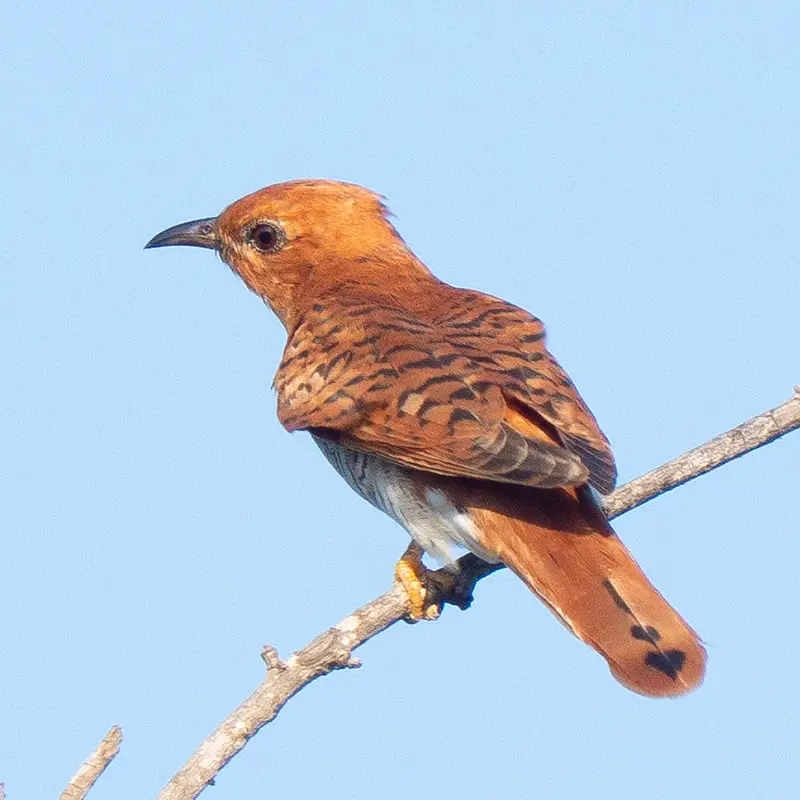
Next morning (14 February) we were up early to make a good start at birding the Yala National Park. However, lots of other people had the same idea and there was a long queue to get into the park when it opened at 6:30.

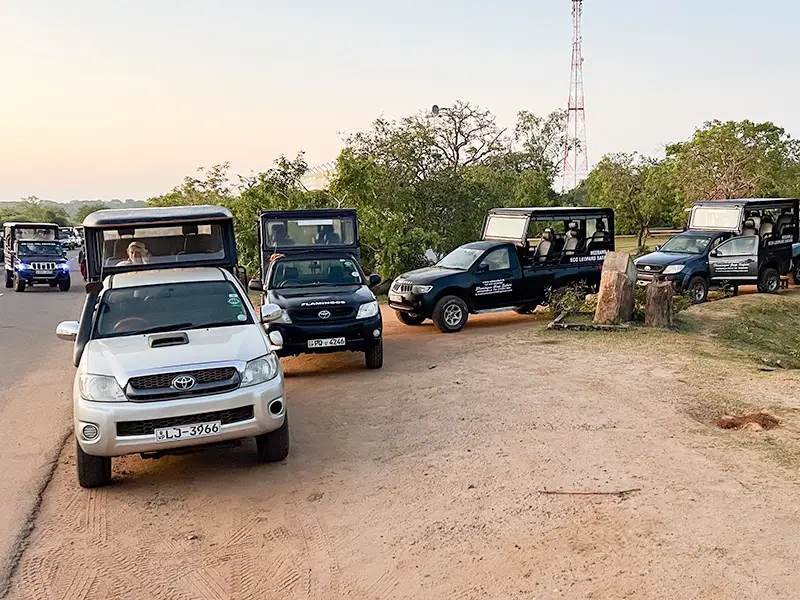
Luckily, most people raced away to try to find a leopard, giving us a chance to do some birding at a slower pace. There were lots of birds around at this early hour and we soon saw Jerdon’s Bushlark, Yellow-wattled Lapwing and Plain Prinia. On a lake near the entrance there were a lot of waders, including Black-winged Godwit, Pacific Golden Plover, Tibetan Sand Plover and Garganey, but the sun was behind them making it difficult to get good photos.
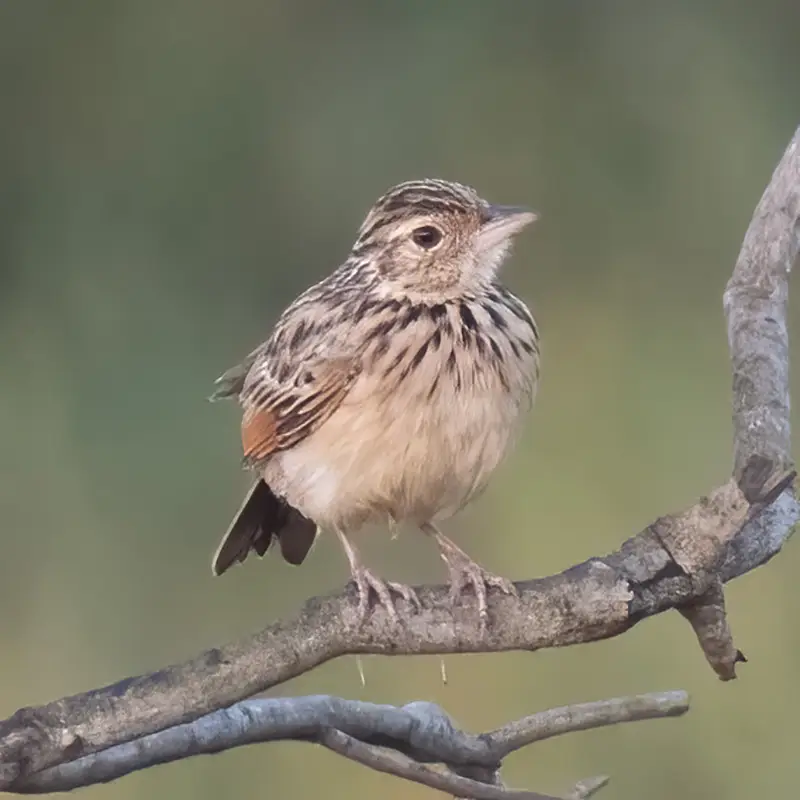

We heard that a leopard had been spotted in a tree some distance away and we made the 30 min dash to try to see it. There was a long queue to get to the viewing point and when we finally had sight of it we found that the leopard was asleep with its head behind a branch. But at least we saw a leopard during our time in Sri Lanka.
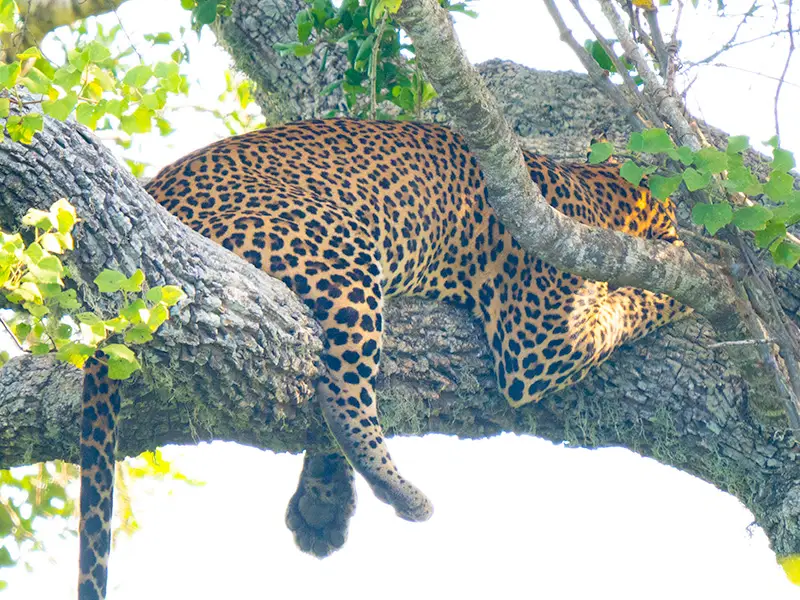
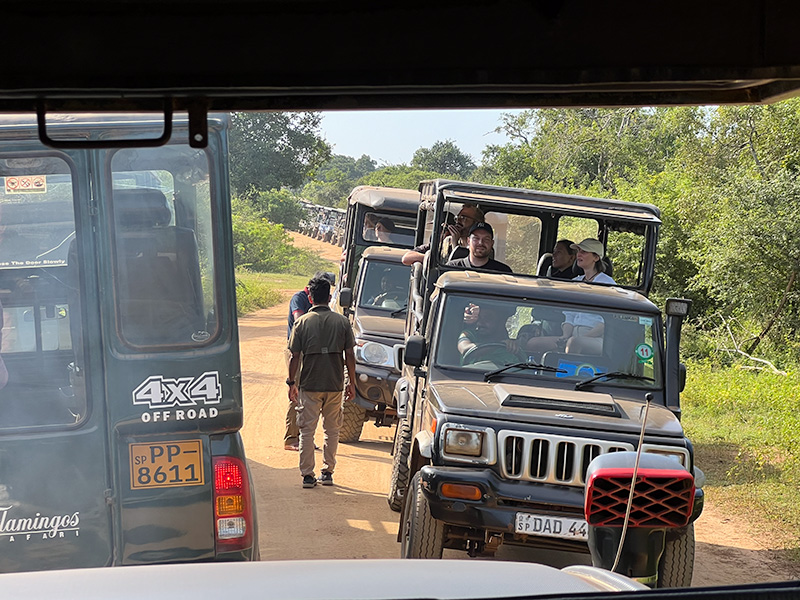
We then moved to a rest area to have our breakfast, but it was tricky keeping the monkeys away from our food.
Resuming our birding, we got a lifer in the beautiful Pheasant-tailed Jacana and also saw a Small Minivet. An Asian Openbill was looking down on us from a bush and a group of Lesser Whistling Duck were gazing out across a lake.
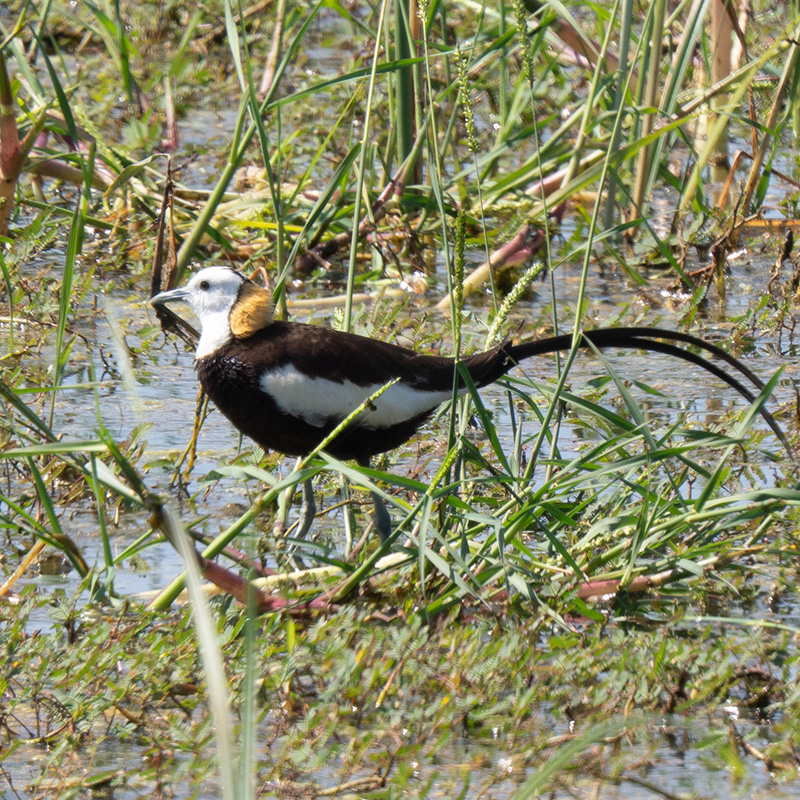
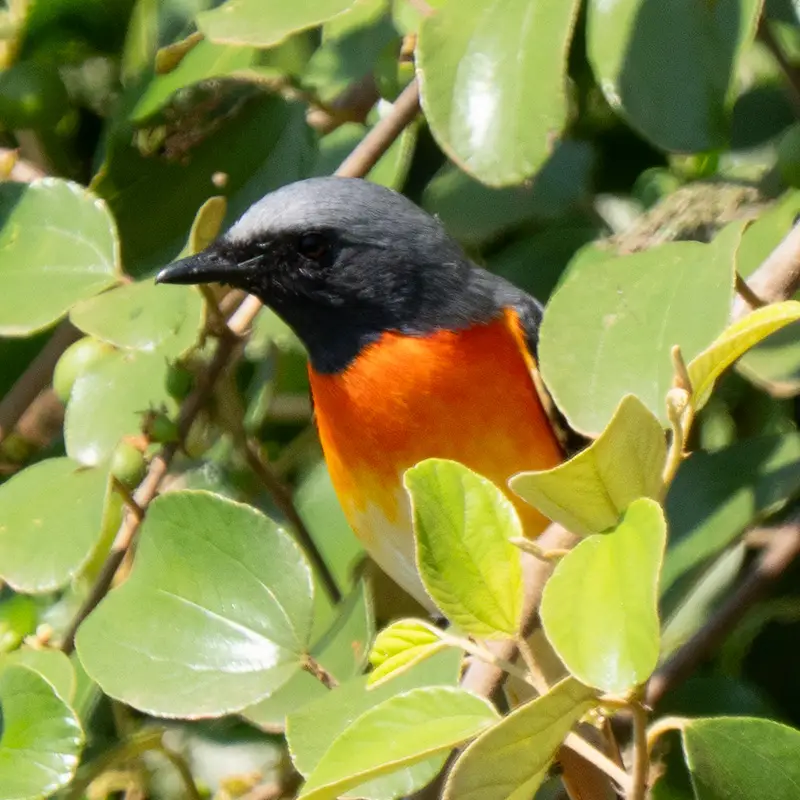
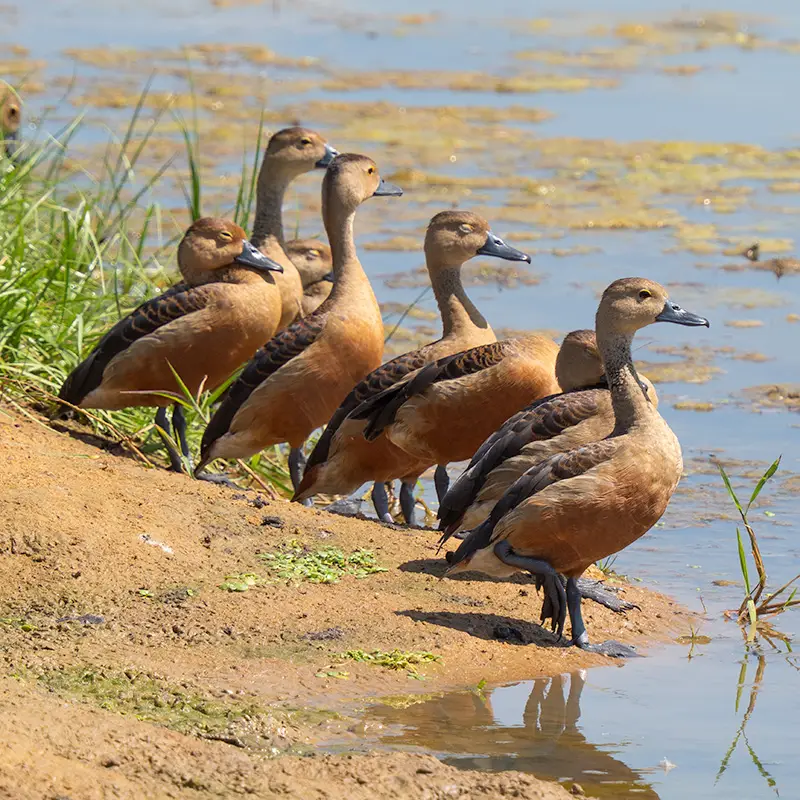
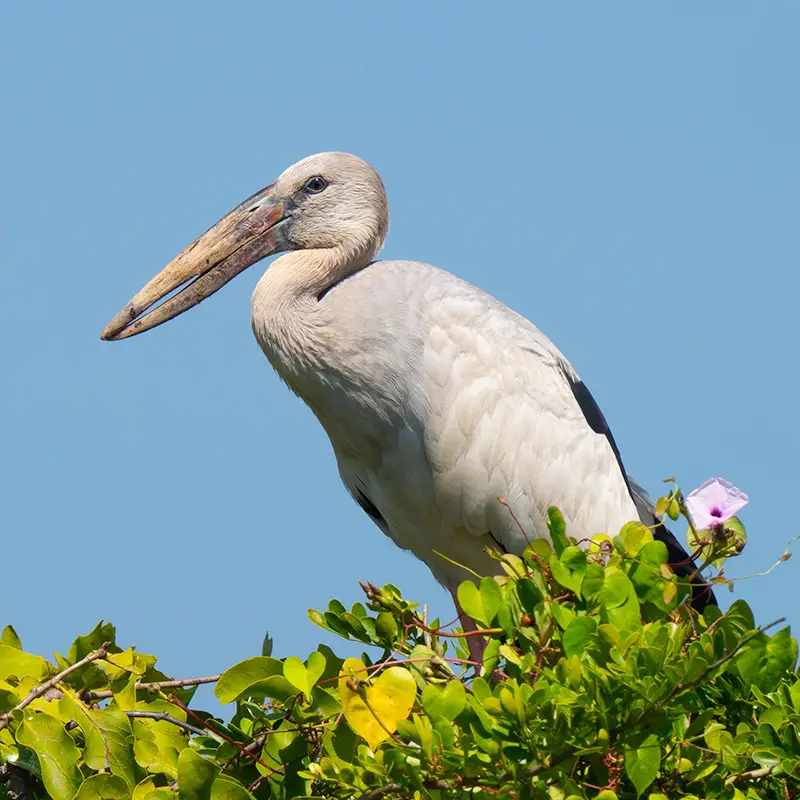
Earlier in the trip we’d struggled to photograph the Indian Pitta we heard at a couple of locations, but in Yala everything came together and we got good shots of one bird that appeared close to our vehicle.

Continuing our drive, we came across a Changeable Hawk-eagle perched in a tree beside the road. It seemed oblivious to the vehicles coming and going, letting everyone get great photos.


Between noon and 2 PM all visitors to Yala National Park have to be in one of the designated service areas, which gives the animals a rest from the constant attention of the many visitors.
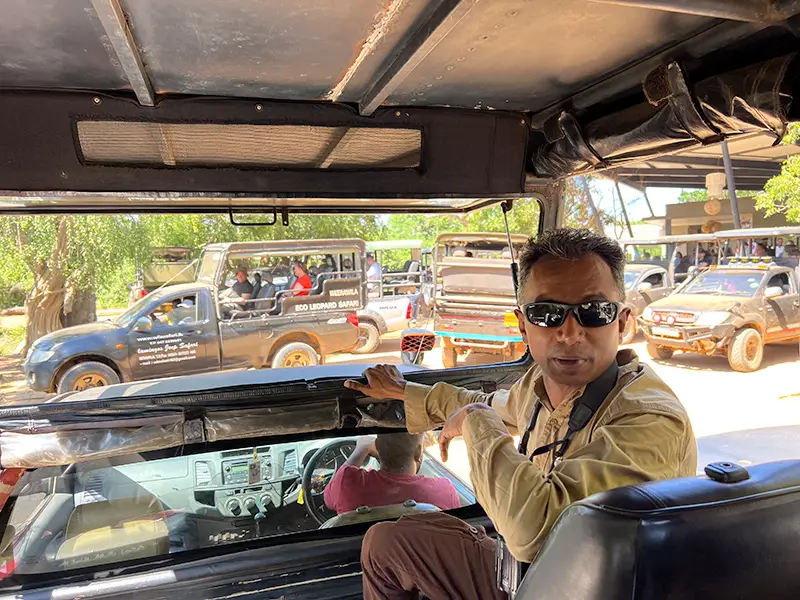
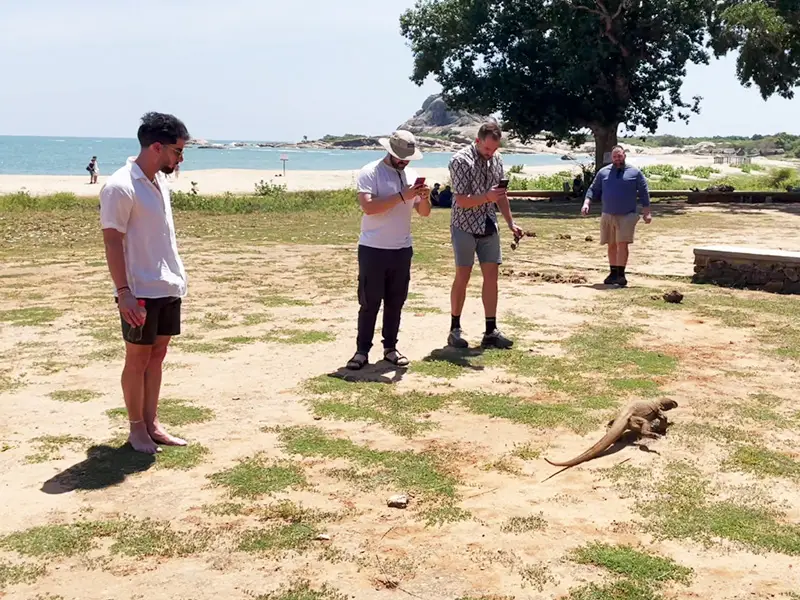
Soon after lunch we came across a small herd of elephants heading towards a lake to bathe, which offered great photographic opportunities. These were Sri Lankan Elephants, which are one of the three sub-species of the Asian Elephant.
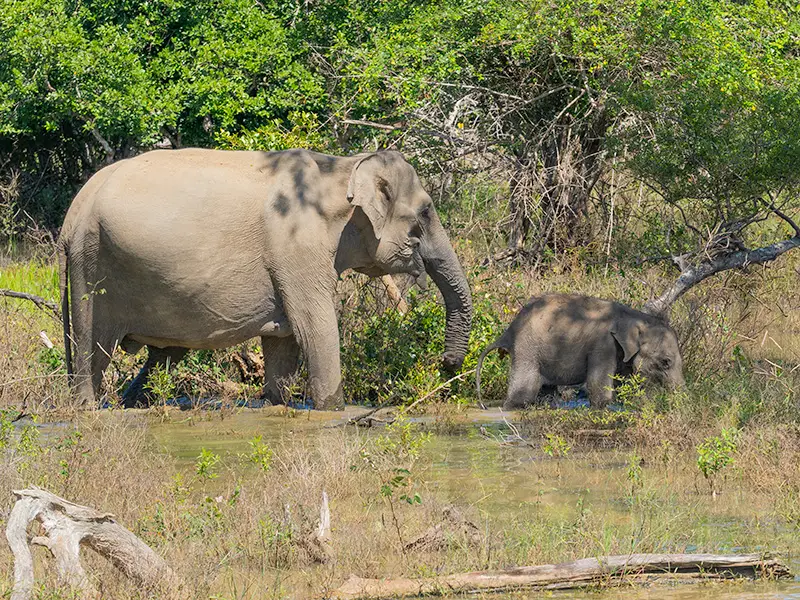



The Painted Stork, which is found from Pakistan to Indochina, was one of the most colourful birds we saw on the trip.

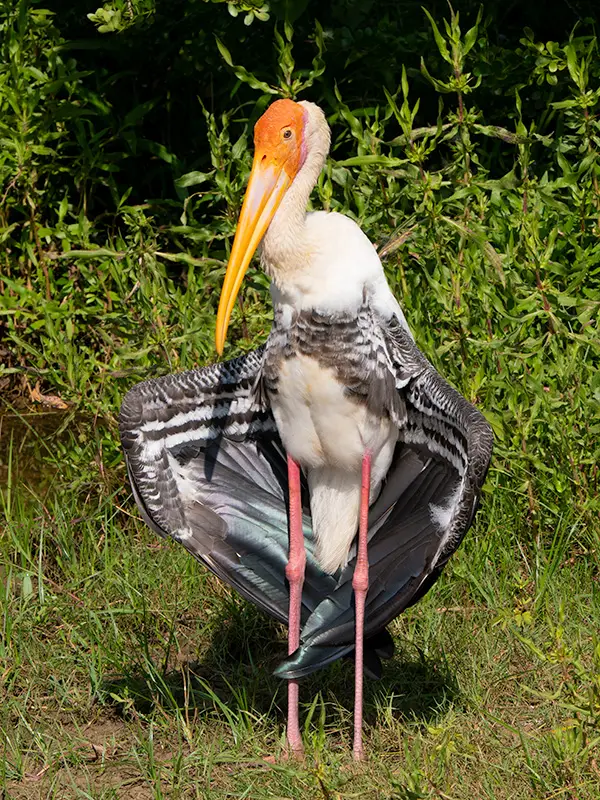
Towards the end of the afternoon we had a Malabar Pied Hornbill looking down on us from a tree, while a Grey Langur rested by the roadside.
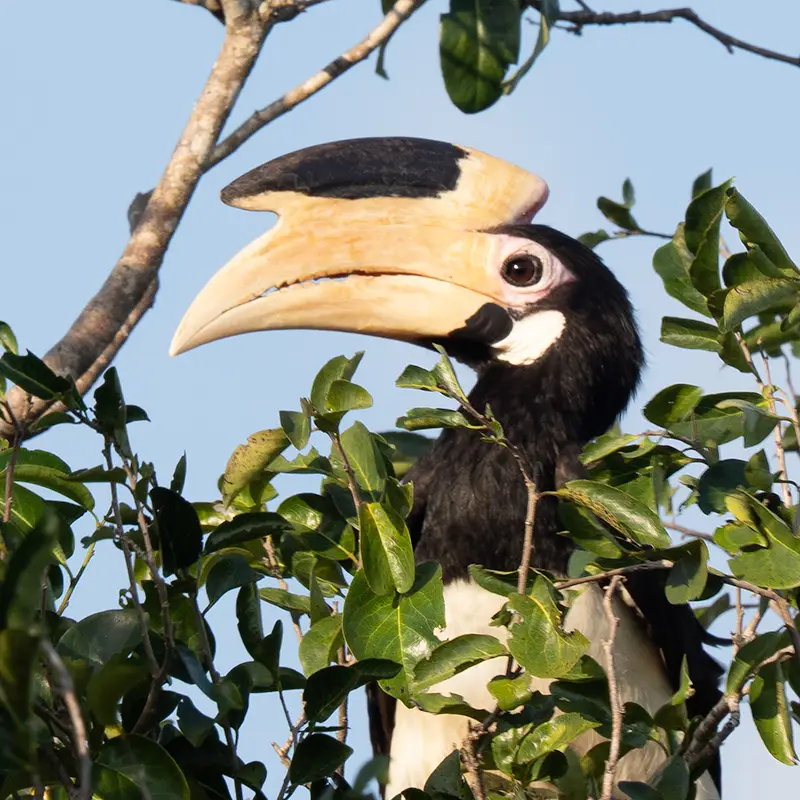
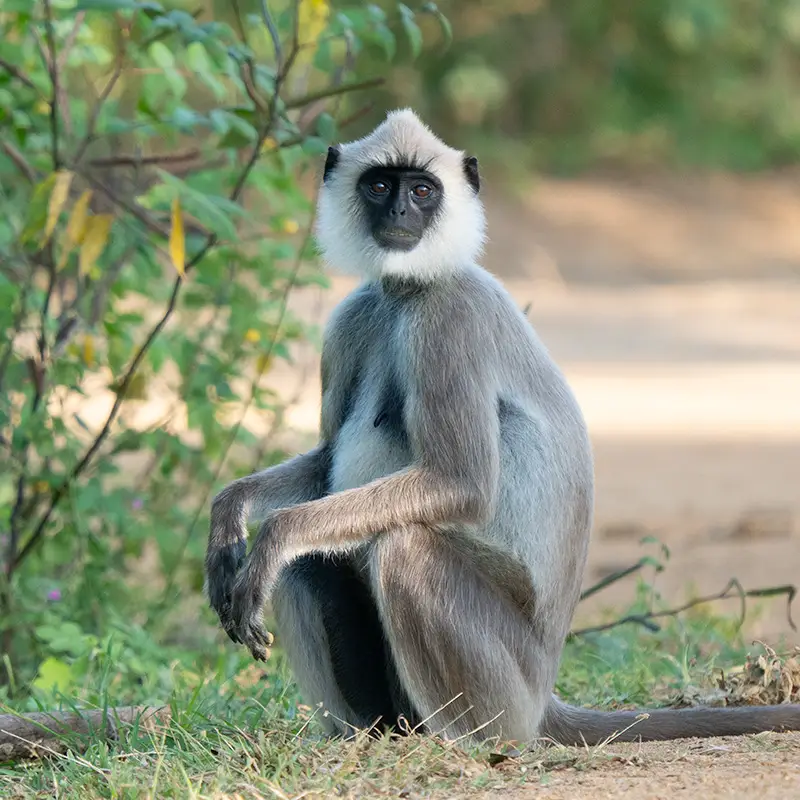
As we drove towards the exit of the park we had a remarkable sighting of a Sloth Bear that was standing in the road, before quickly disappearing into the forest.
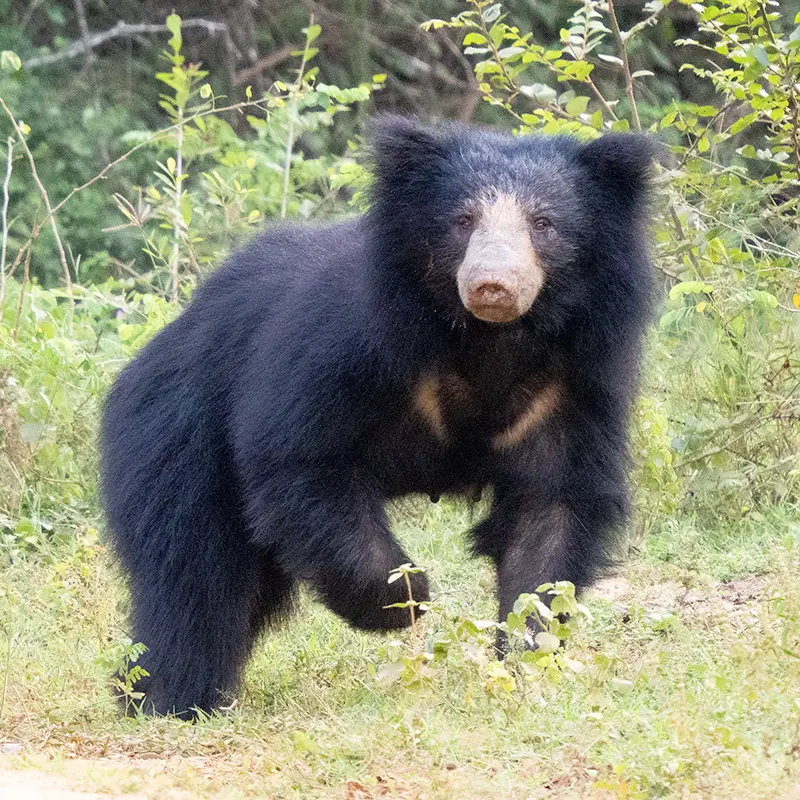
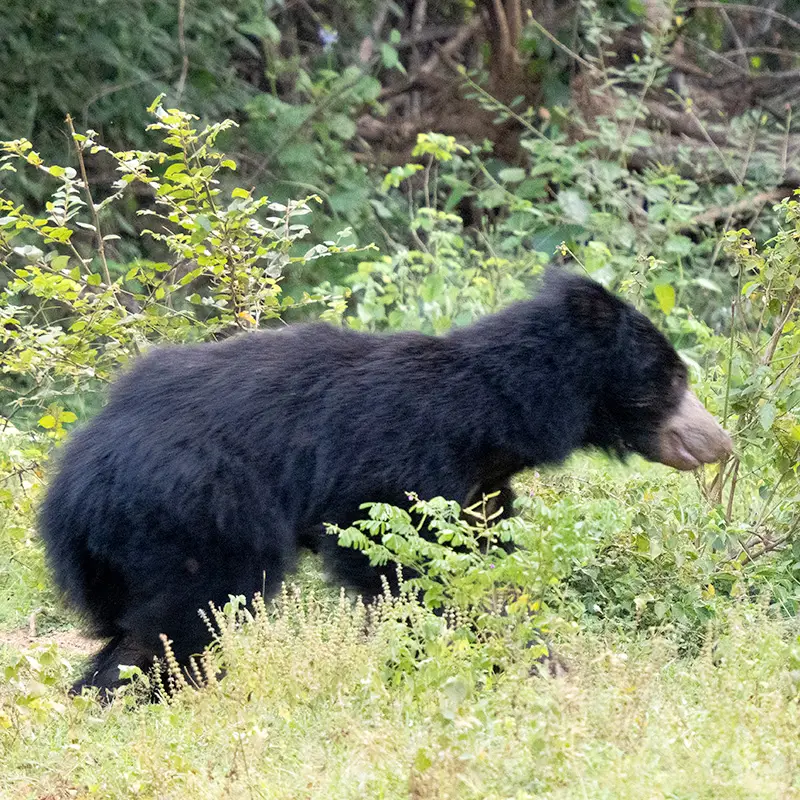
We spent the morning of our second day in the Yala area (15 February) at the Bundala National Park, which was about a 45-minute drive from the lodge. Bundala was much less crowded than Yala, and with gentle light, we got lots of good photos.
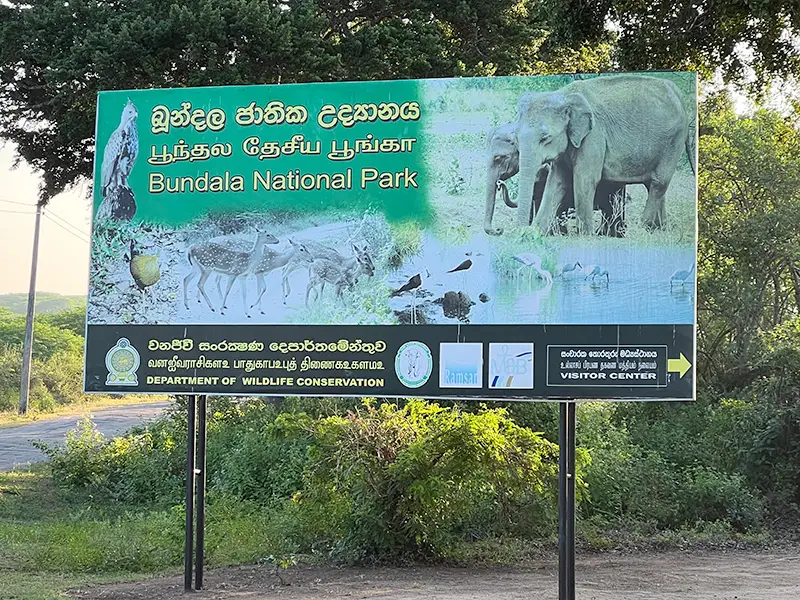

Our first sighting was an Ashy-crowned Sparrow-lark resting on a rock, then a Yellow Bittern appeared hunting from the reeds.
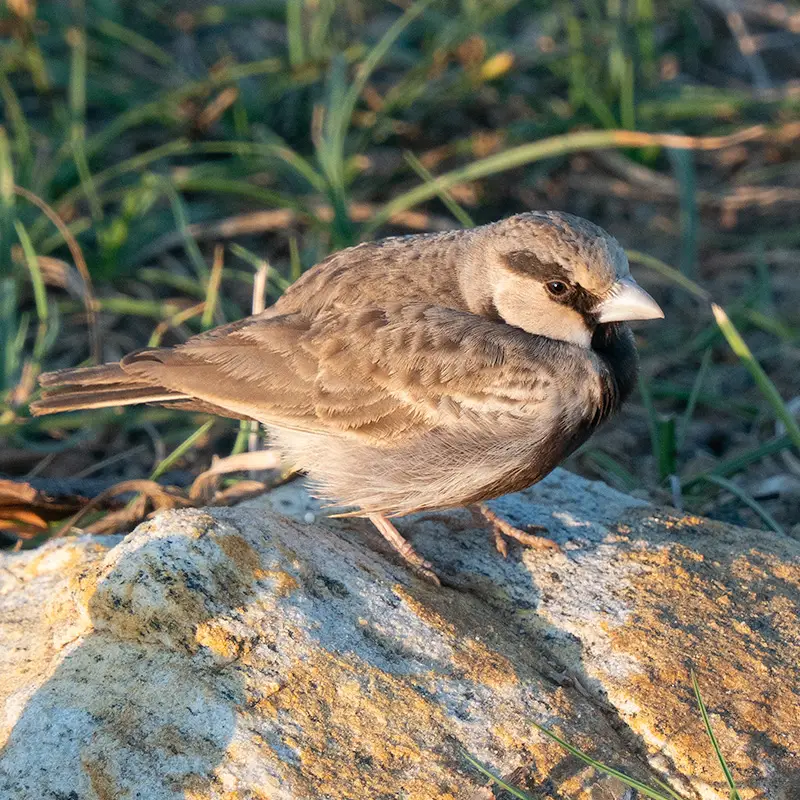

Over the years we’ve struggled to get a good photo of a Rose-coloured Starling, but at Bundala one obliging bird posed well for us. And nearby we had a Yellow-crowned Woodpecker, along with Pacific Golden Plover, Grey-headed Swamphen and Indian Thick-knee.
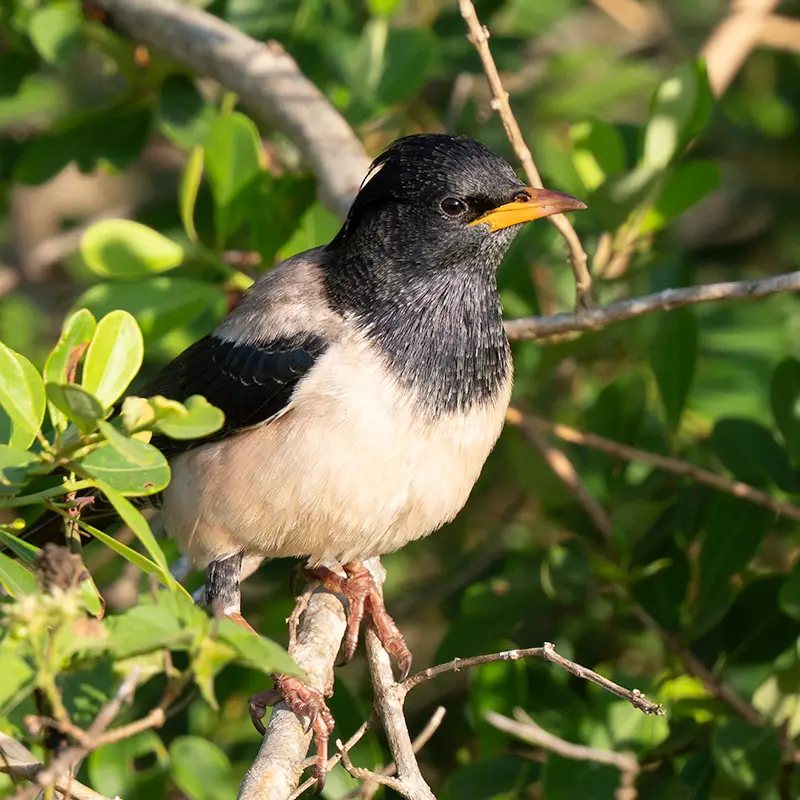
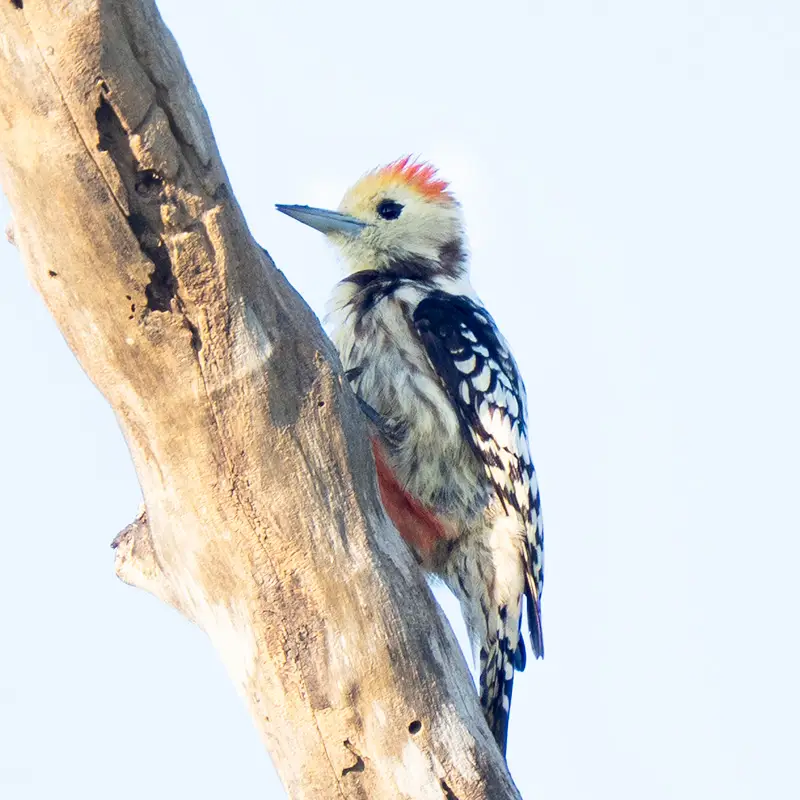
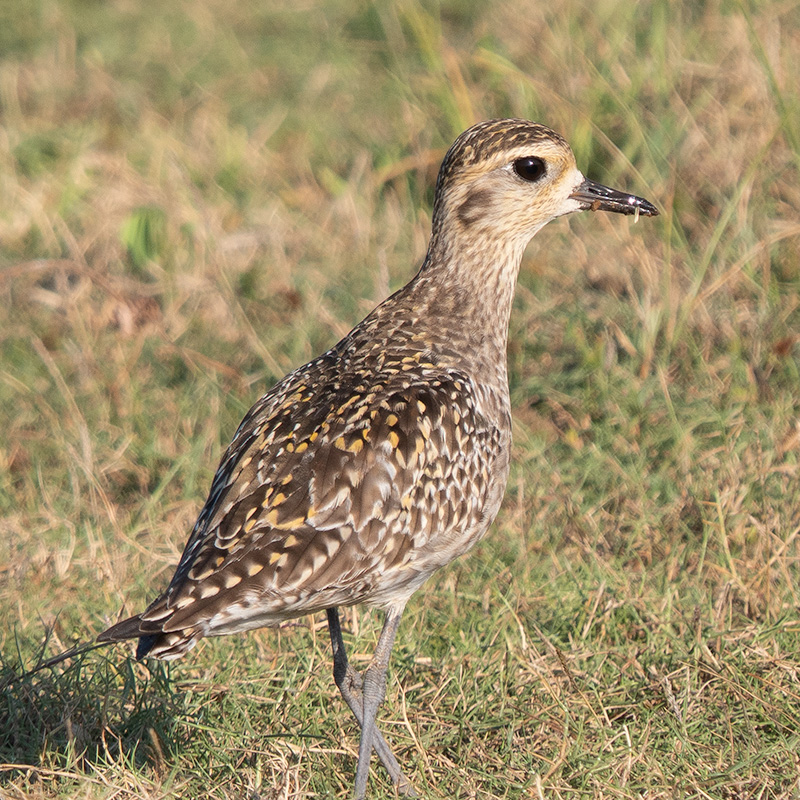
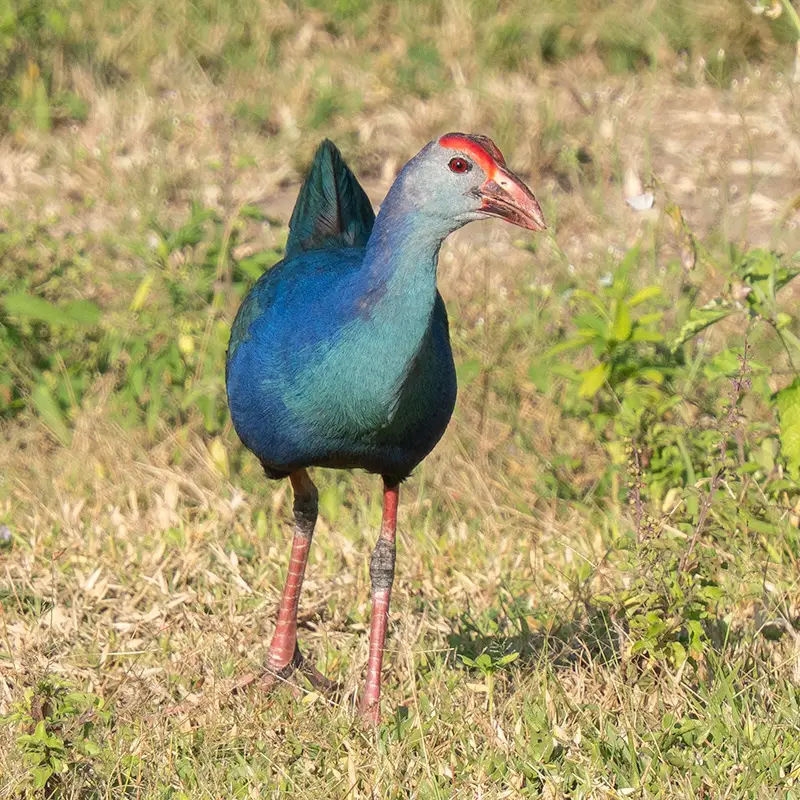
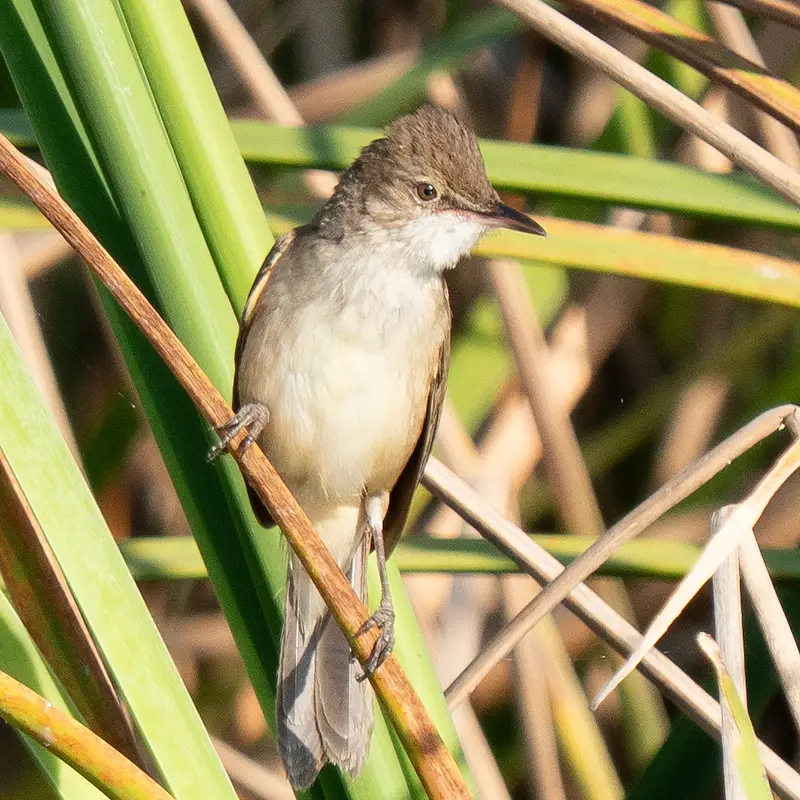
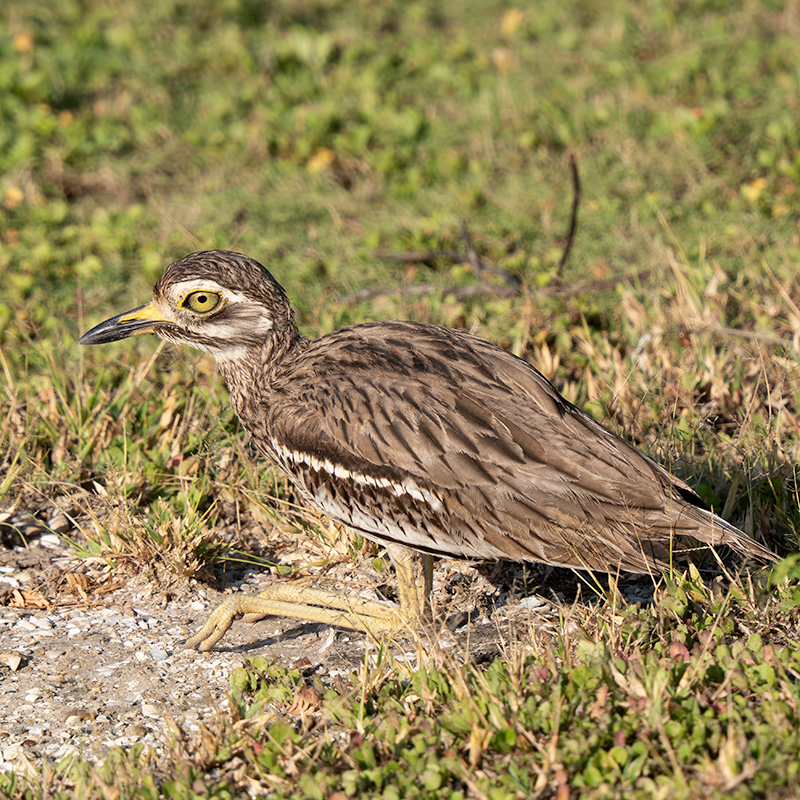
We stopped by a lake where we had a good view across the water with the light behind us. In near-perfect photographic conditions we saw Pheasant-tailed Jacana, Common Greenshank, Lesser Whistling Duck, Curlew Sandpiper, Common Redshank and Black-headed Ibis.
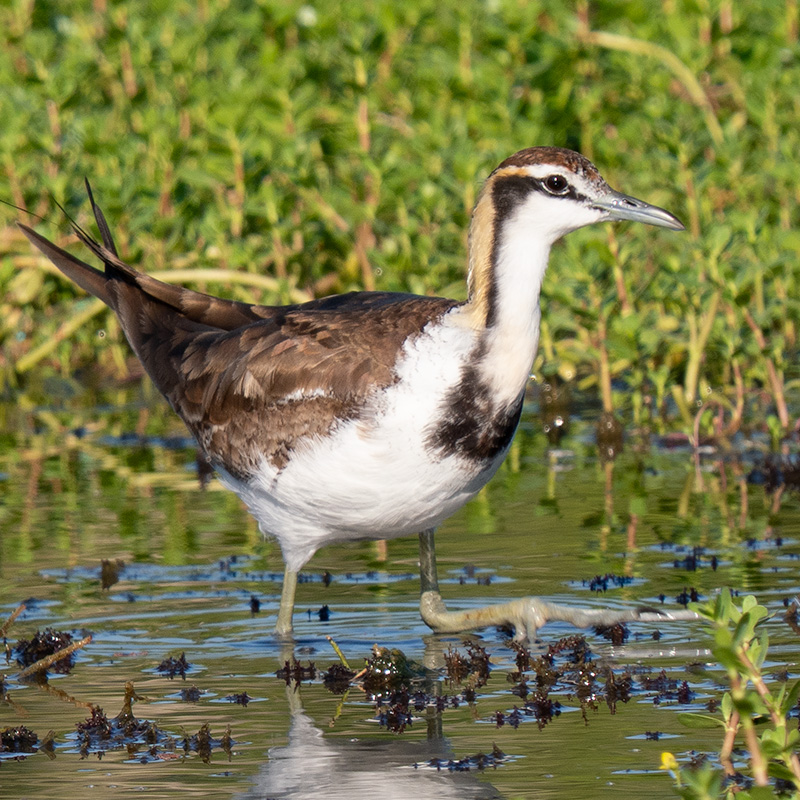
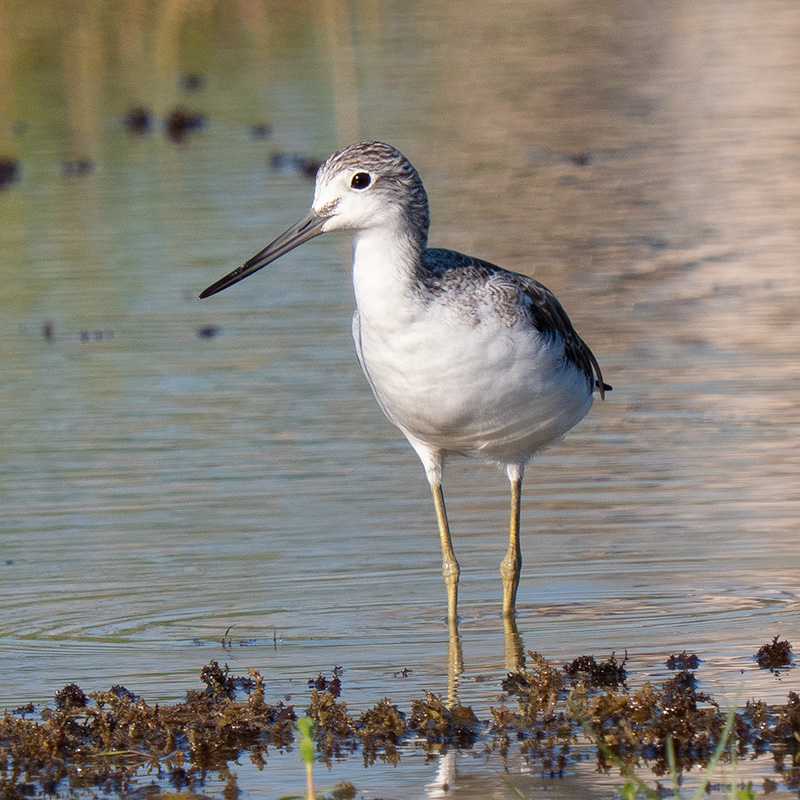



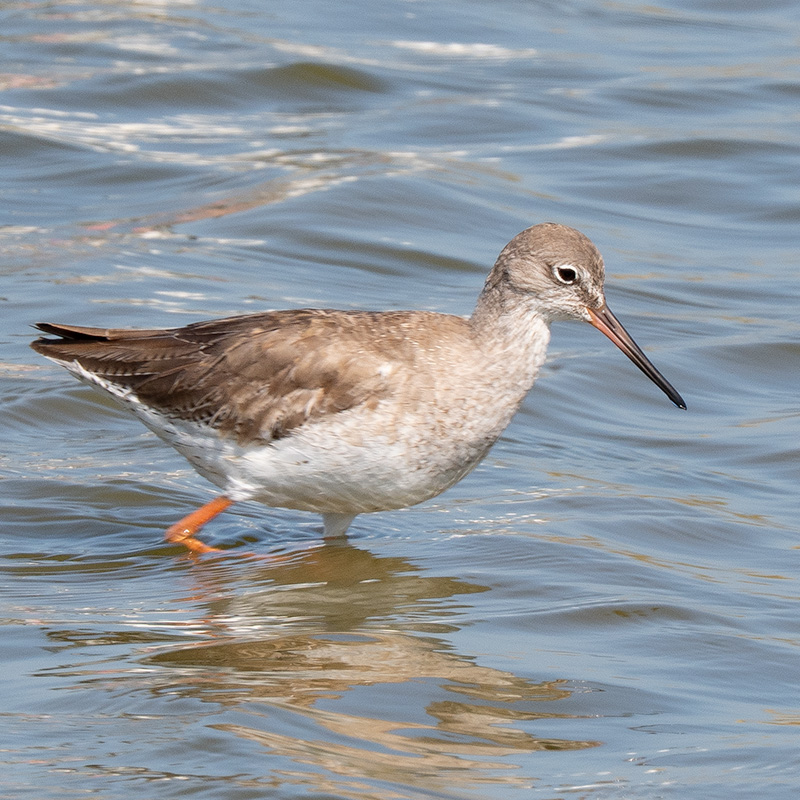
We next drove around one of the large salt pans within the park. There were Red-necked Phalarope and Little and Caspian Tern in the middle of the pan, although they were just too distant to get good photographs. But a Kentish Plover on the edge of the water let us get good shots, as did a Common Kingfisher with a fish in its bill.
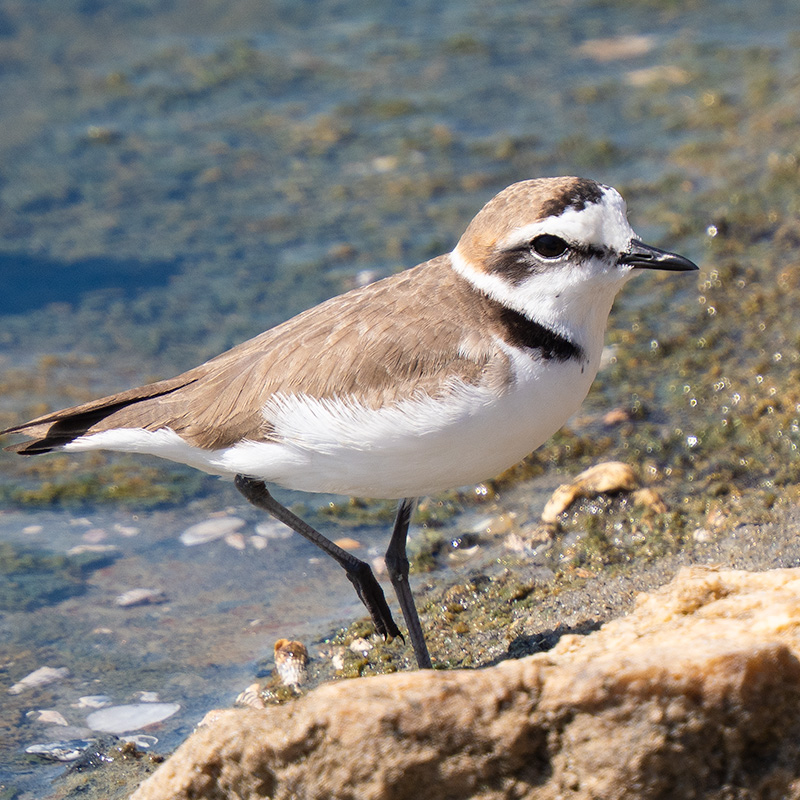
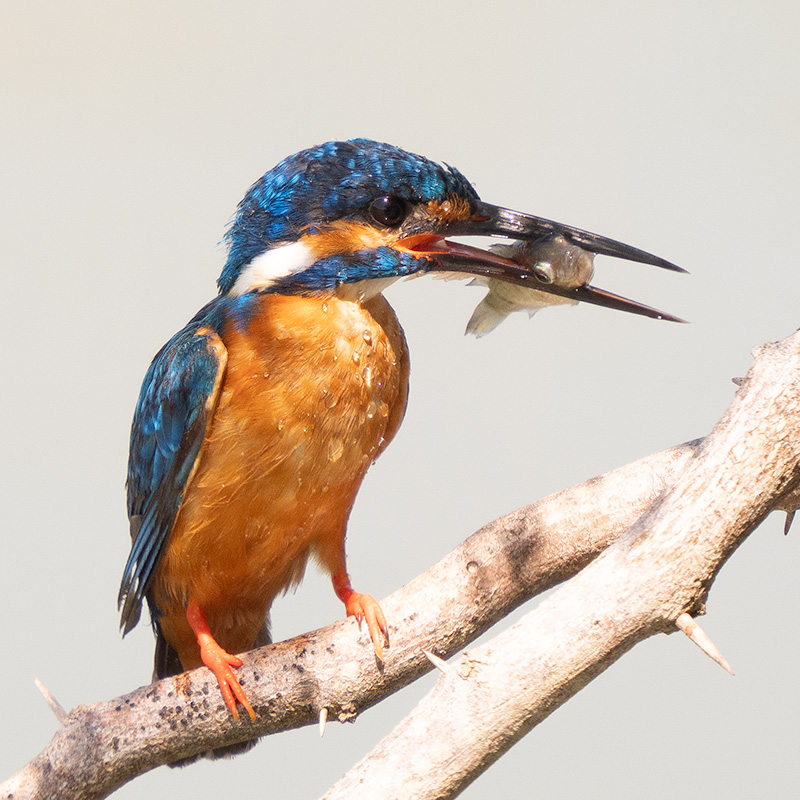
We then returned to the lodge for lunch and a well-deserved rest after an excellent morning’s birding.
In the afternoon we visited the nearby town of Tissamahara where a local guide led us to see a couple of species of roosting owl. The first was an Indian Scops Owl that was in a tree very close to the rear of a property in the village. We then drove for a few minutes to a tree-lined street where our guide knew that a Jungle Owlet roosted. Although high up in a tree, we still got a reasonable photo. At a third roost site we saw a Brown Boobook, but it was so high in a tree and surrounded by branches and leaves that it proved impossible to get an acceptable photo.

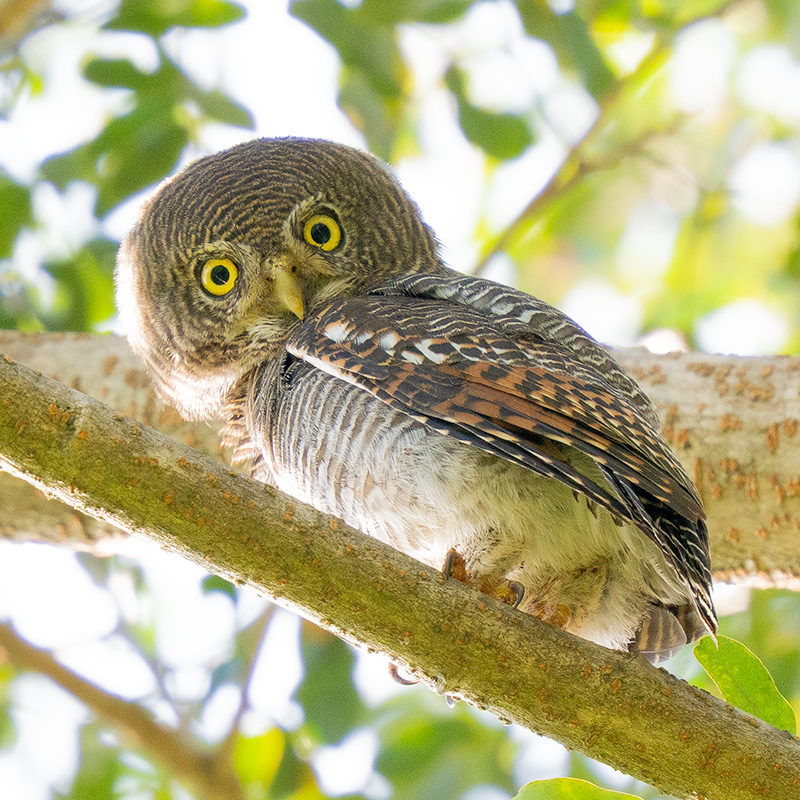
Our next stop was Debarawewe Lake, which is a large body of water fringed by dense vegetation in which Water Buffalo were wading with Cattle Egrets on their backs.
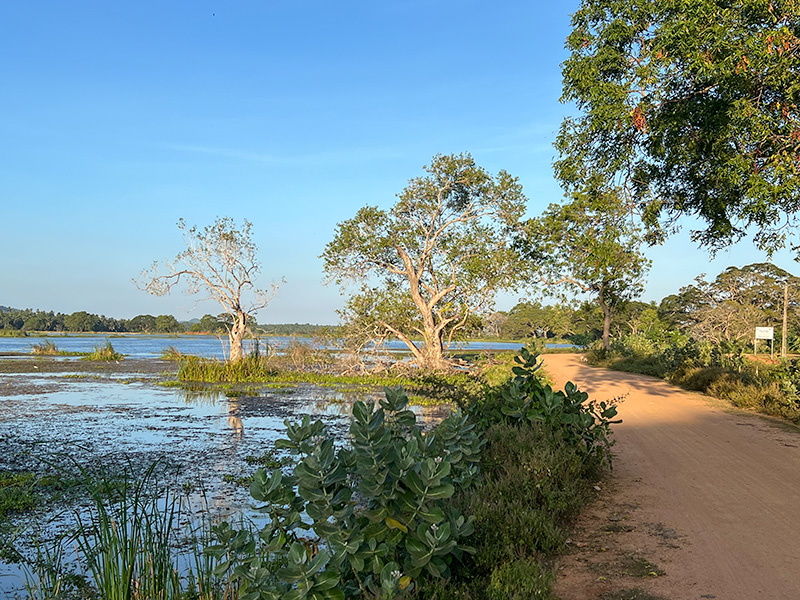
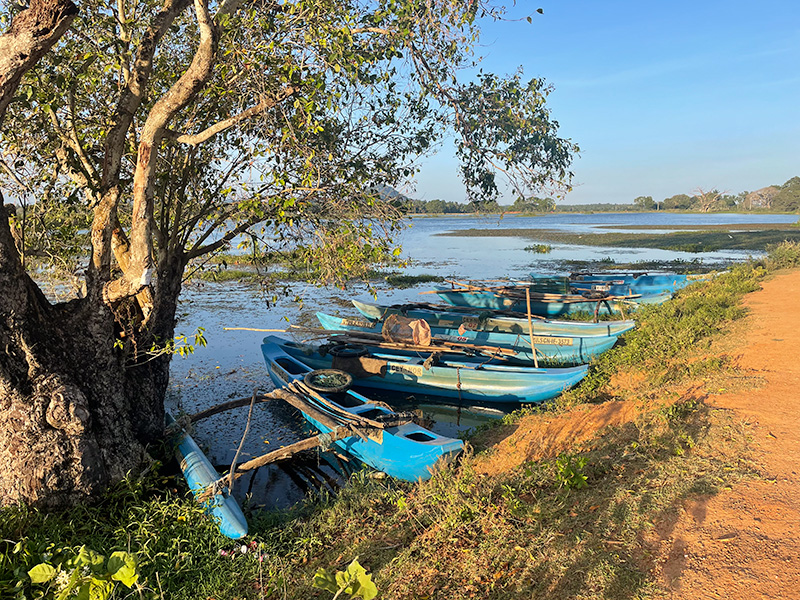
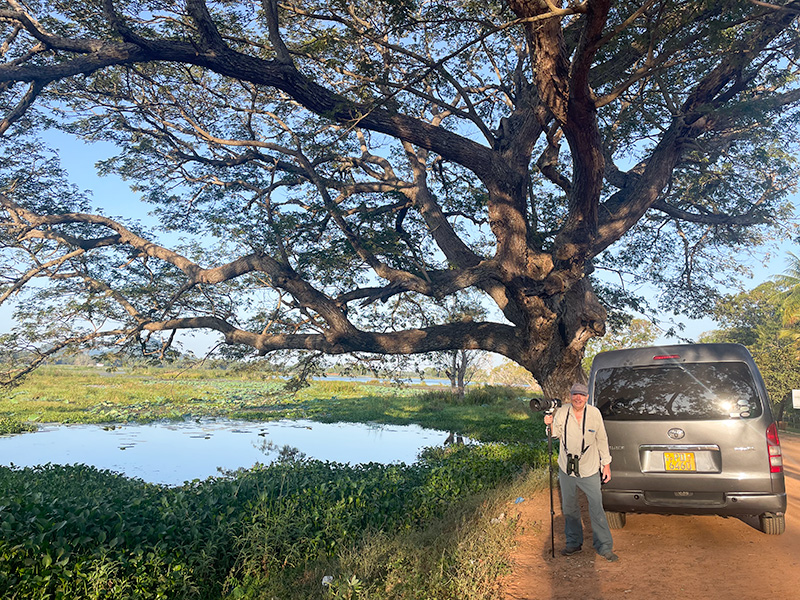

In the trees we saw Black-headed Ibis and Rose-ringed Parakeet (female), which produced good photographs with the blue sky behind them.
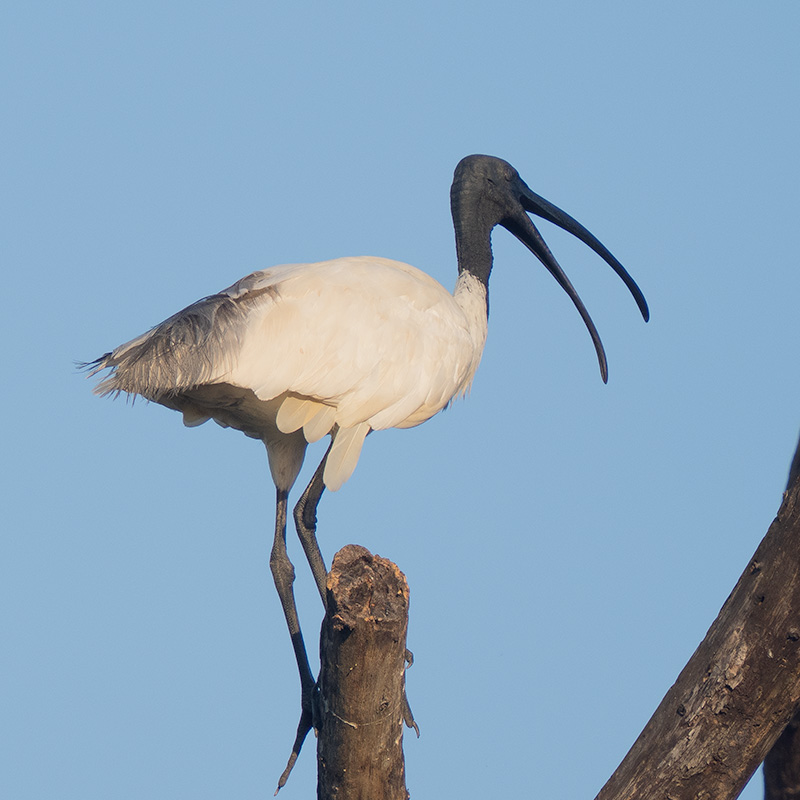
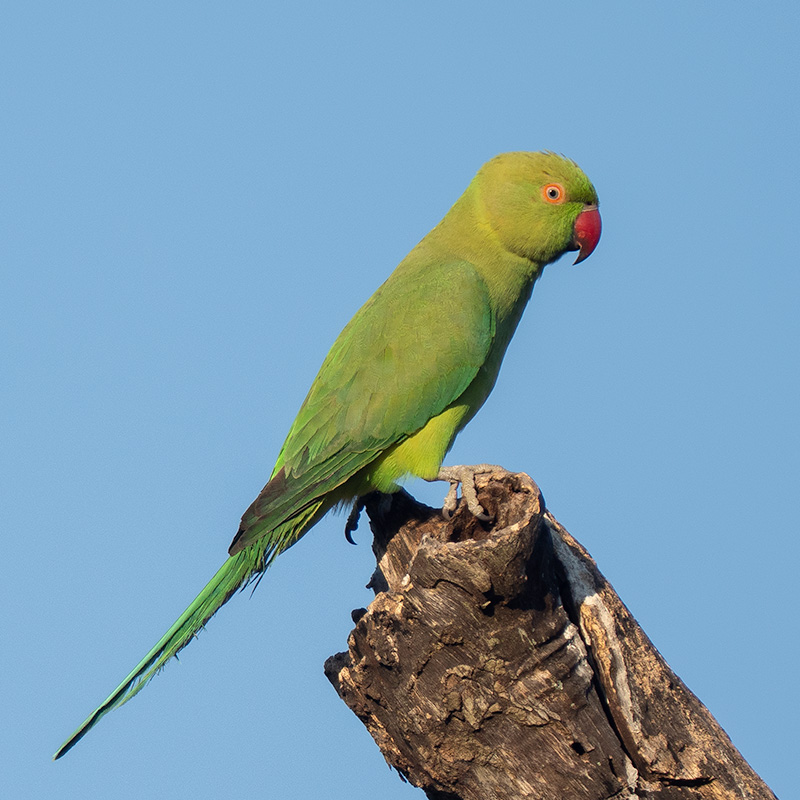
While walking down the road we found a Yellow Bittern hunting for fish, while a Stork-billed Kingfisher sat on a nearby fence.
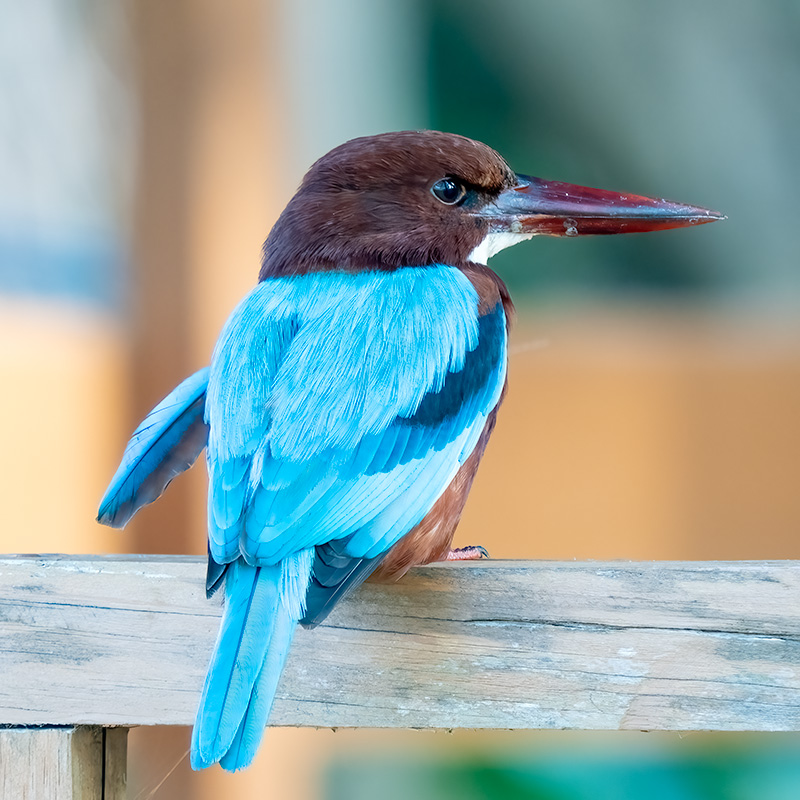
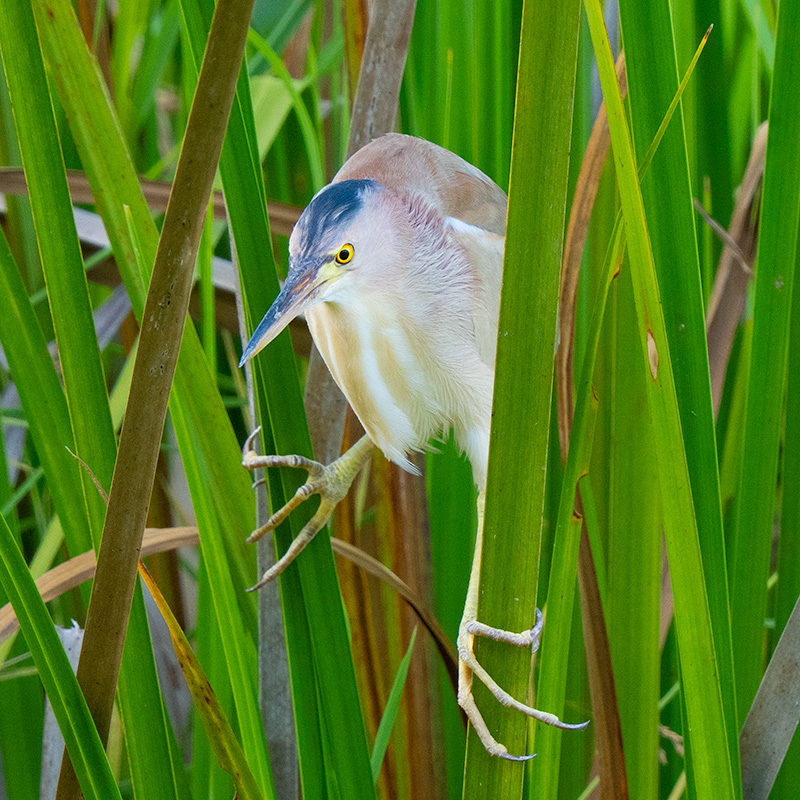
For our final stop of the day, we drove to nearby Tissa Lake to a Flying Fox roost site. It was an amazing sight as the tree contained hundreds of these Fruit Bats, which are one of the largest bats in the world.
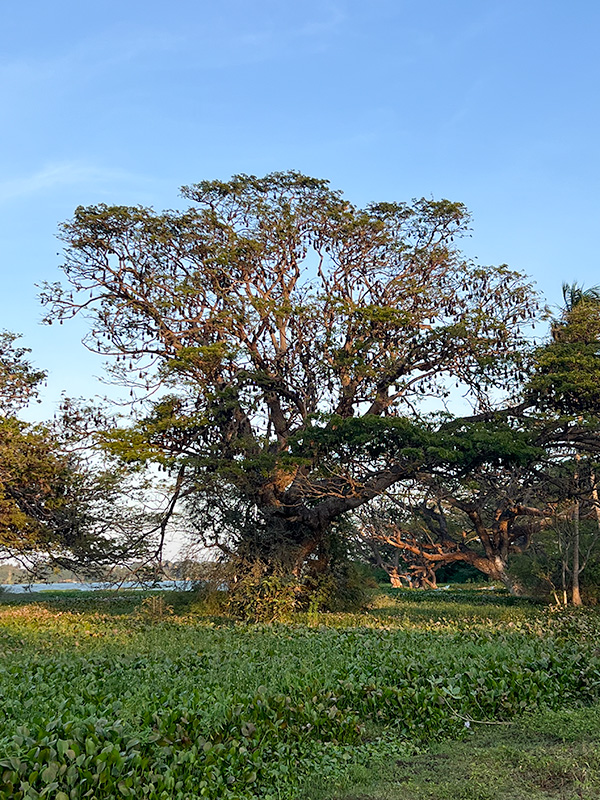
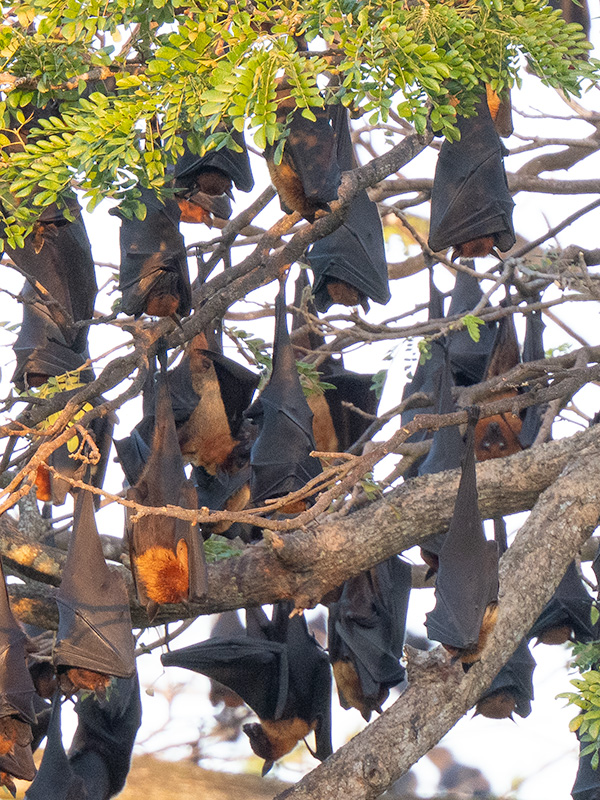
The following morning (16 February) we did some final, early-morning birding around the Cinnamon Wild lodge before moving on. It was a short walk down to the beach where we saw a Little-ringed Plover on a rock and a Black-tailed Godwit at the water’s edge.
